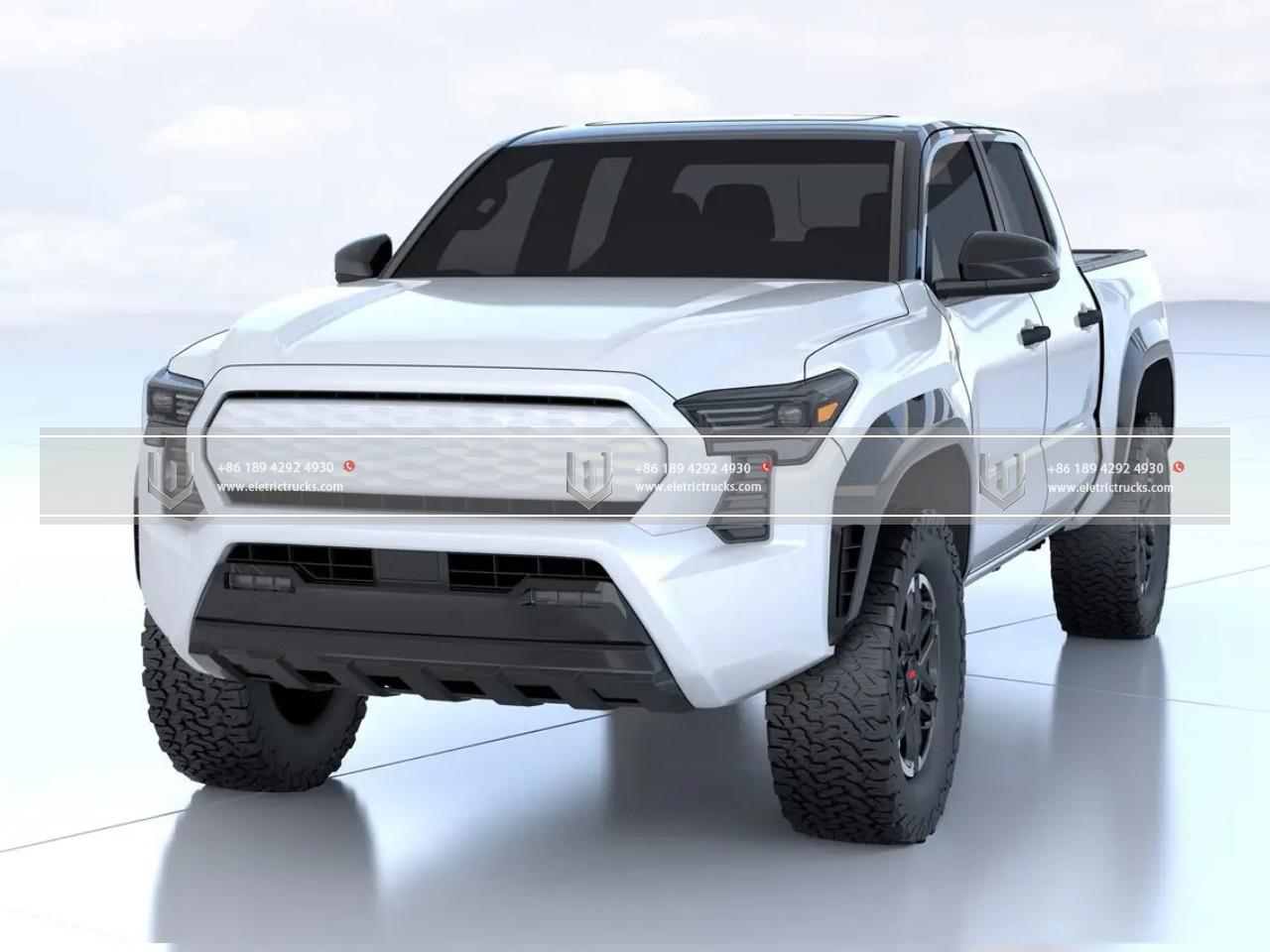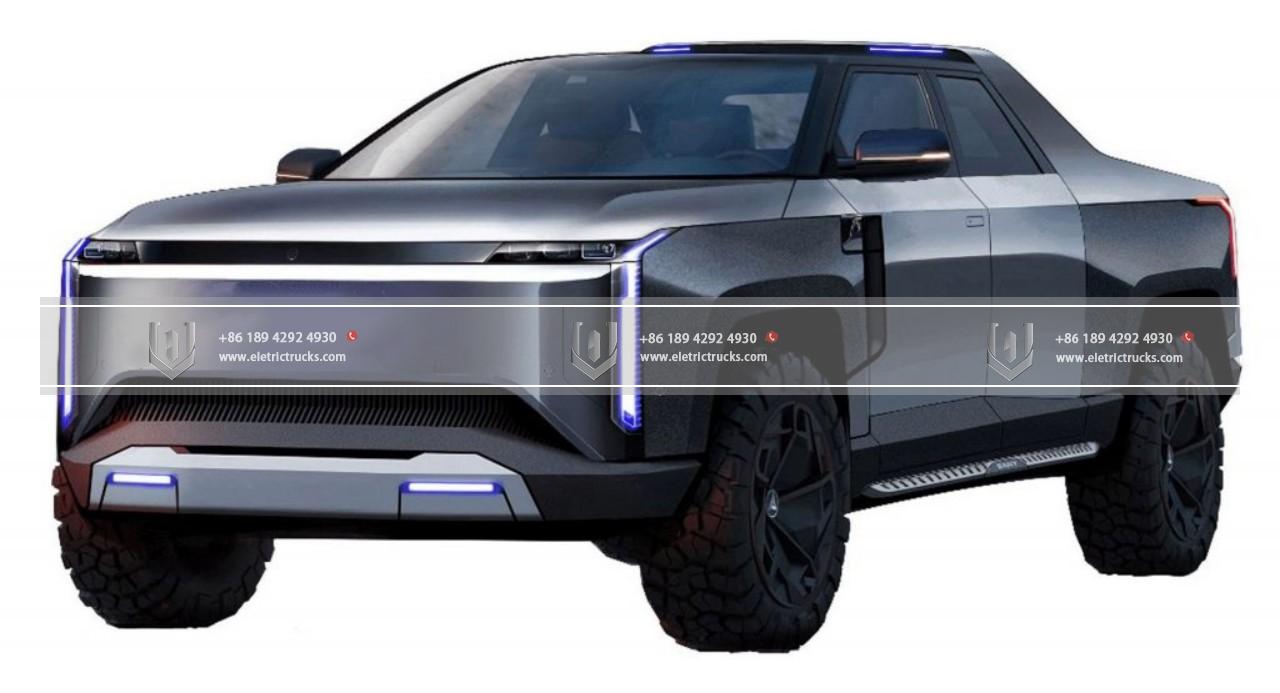معرفة الشاحنات الكهربائية
Silent Powerhouses: Exploring the World of Electric Trucks
في السنوات الأخيرة, there has been a significant shift towards sustainable transportation solutionق. As concerns over تغير المناخ و air pollution continue to grow, industries across the globe are searching for greener alternatives to traditional fuel-based vehicleق. In this quest for a cleaner future, شاحنة كهربائيةs have emerged as silent powerhouses, revolutionizing the way goods are transported while minimizing environmental impact. في هذه المقالة, we will delve into the world of شاحنات كهربائية, exploring their benefits, challenges, and the promising future they hold.
شاحنة كهربائيةق, also known as إلكترونيةق, are vehicles powered by electricity instead of fossil fuels. These trucks utilize advanced battery technology و المحركات الكهربائية to deliver high torque and efficient performance. مع zero tailpipe emissions, they offer a greener and more sustainable alternative to conventional diesel-powered truckق, which are known for their significant contribution to تلوث الهواء وانبعاثات غازات الدفيئة.
One of the most prominent advantages of شاحنة كهربائيةs is their environmental impact. By eliminating tailpipe emissionق, they reduce air pollution in densely populated areas, improving air quality and public health. According to the Environmental Protection Agency (EPA), transportation is a leading source of greenhouse gas emissions in the United States, and the adoption of شاحنة كهربائيةs can play a pivotal role in reducing carbon footprintق. By transitioning to شاحنة كهربائيةق, companies can contribute to the fight against تغير المناخ while also complying with stricter emission regulationق.
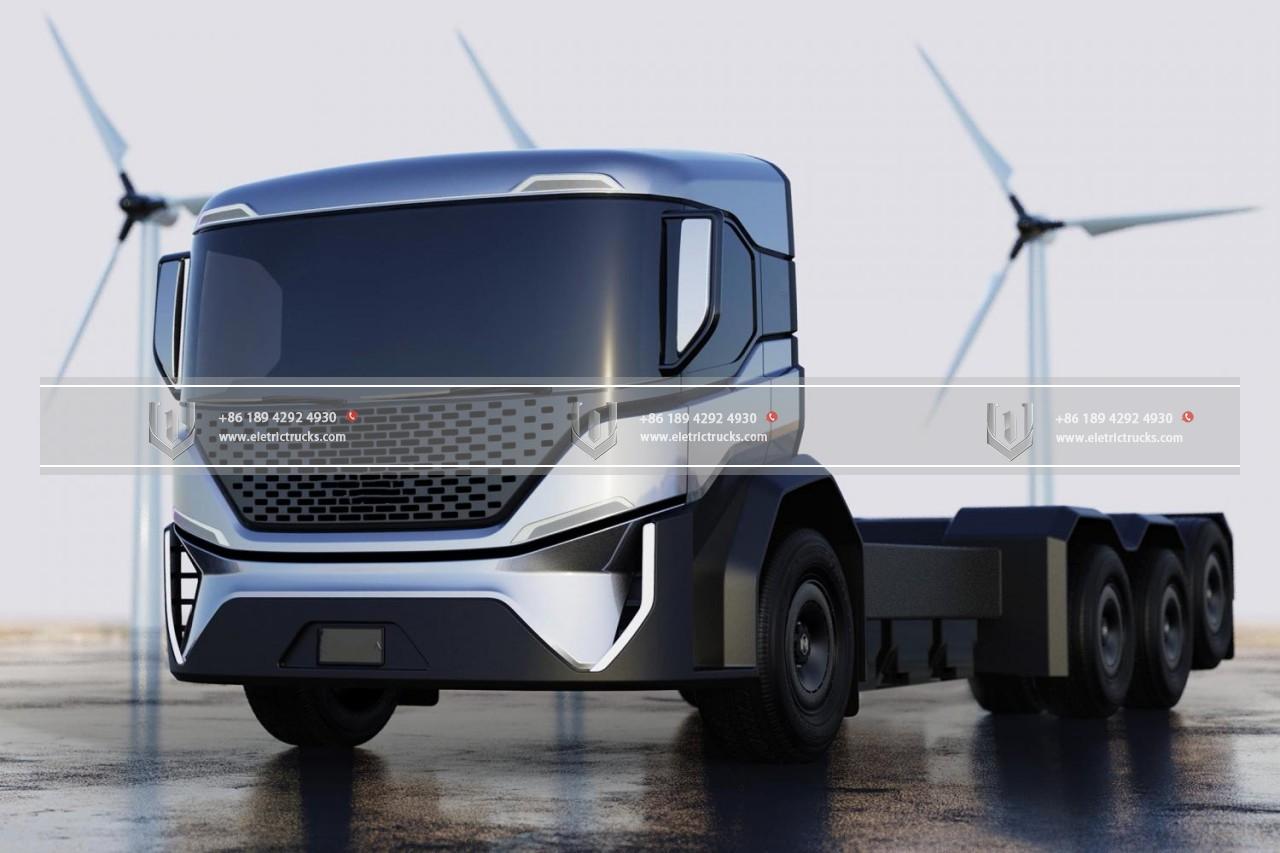
In addition to their environmental benefitق, شاحنة كهربائيةs offer several advantages for businesses. The operational costs of شاحنة كهربائيةs are significantly lower than those of conventional diesel truckق. سيارة كهربائيةS لديها عدد أقل من الأجزاء المتحركة وتتطلب صيانة أقل, resulting in reduced servicing and repair expenses. علاوة على ذلك, the cost of electricity is generally lower than that of diesel fuel, leading to substantial savings in fuel costs for companies operating large fleets of truckق.
The evolution of تكنولوجيا البطارية has been instrumental in the widespread adoption of شاحنة كهربائيةق. Advancements in lithium-ion batteries, which offer higher energy density and longer-range capabilities, have addressed the limitations of earlier battery technologies. شاحنة كهربائيةs equipped with these advanced batteries can now travel significant distances on a single charge, making them a viable option for النقل طويل المدى. Rapid charging infrastructure is also expanding, enabling efficient recharging and reducing downtime for e-truck operatorق.
Despite these advantages, شاحنة كهربائيةs face several challenges that need to be overcome for wider adoption. One of the primary concerns is the limited charging infrastructure. While charging stations are gradually being established, there is still a need for a comprehensive network of fast-charging stations that can support the demand of commercial fleetق. The expansion of charging infrastructure is crucial to ensure seamless operations and prevent range anxiety for truck driverق.
Another challenge lies in the weight and size of batteries. شاحنة كهربائية batteries are larger and heavier than traditional truck fuel tankق, impacting the vehicle’s payload capacity. To overcome this limitation, manufacturers are investing in research and development to develop lighter and more compact batteries without compromising performance. Innovations such as solid-state batteries و battery-swapping technologies hold promise for future advancements in electric truck technology.
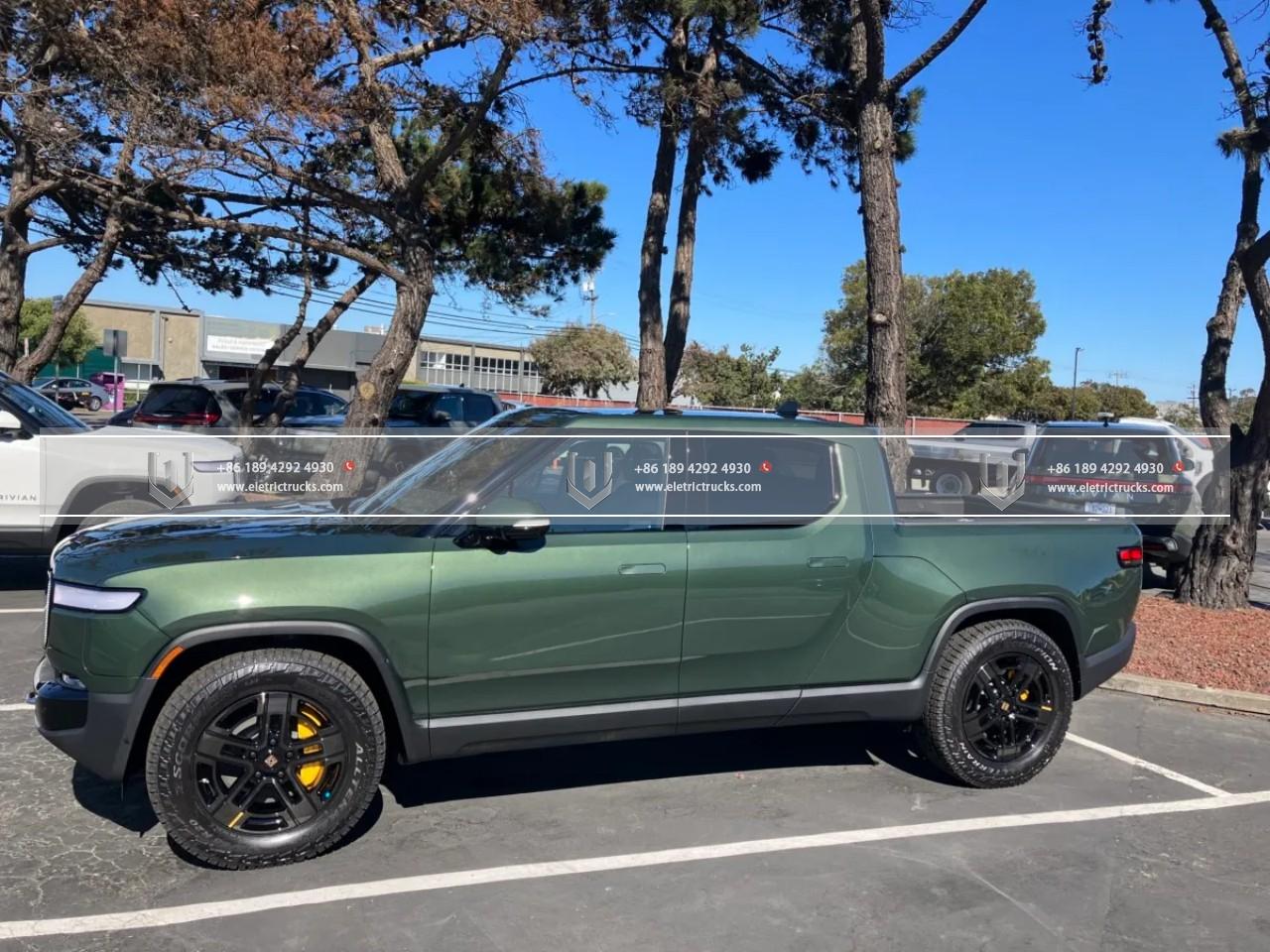
بالإضافة إلى, the upfront cost of شاحنة كهربائيةs is currently higher than that of diesel truckق. Although شاحنة كهربائية prices have been decreasing over the years, ال initial investment remains a significant barrier for many businesses. لكن, it is important to consider the total cost of ownership, which includes factors such as fuel savings, lower maintenance costs, and potential government incentives. As technology advances and economies of scale come into play, شاحنة كهربائيةs are expected to become more affordable and competitive in the market.
مستقبل شاحنة كهربائيةيبدو و واعدا, with continuous advancements in technology and growing support from governments and regulatory bodies. Many countries have set ambitious targets to phase out diesel-powered vehicles and promote the adoption of مركبة كهربائيةق, including trucks. Governments are offering incentives and subsidies to encourage the purchase of شاحنة كهربائيةق, while also investing in charging infrastructure development. بالإضافة إلى ذلك, major automobile manufacturers are investing heavily in electric truck production, driving innovation and expanding the options available in the market.
The benefits of شاحنة كهربائيةs extend beyond the transportation industry. As more businesses switch to شاحنة كهربائيةق, the demand for clean energy and renewable sources like solar and wind power is expected to rise. This increased demand can drive the development and implementation of renewable energy infrastructure, leading to a more sustainable and resilient energy system.
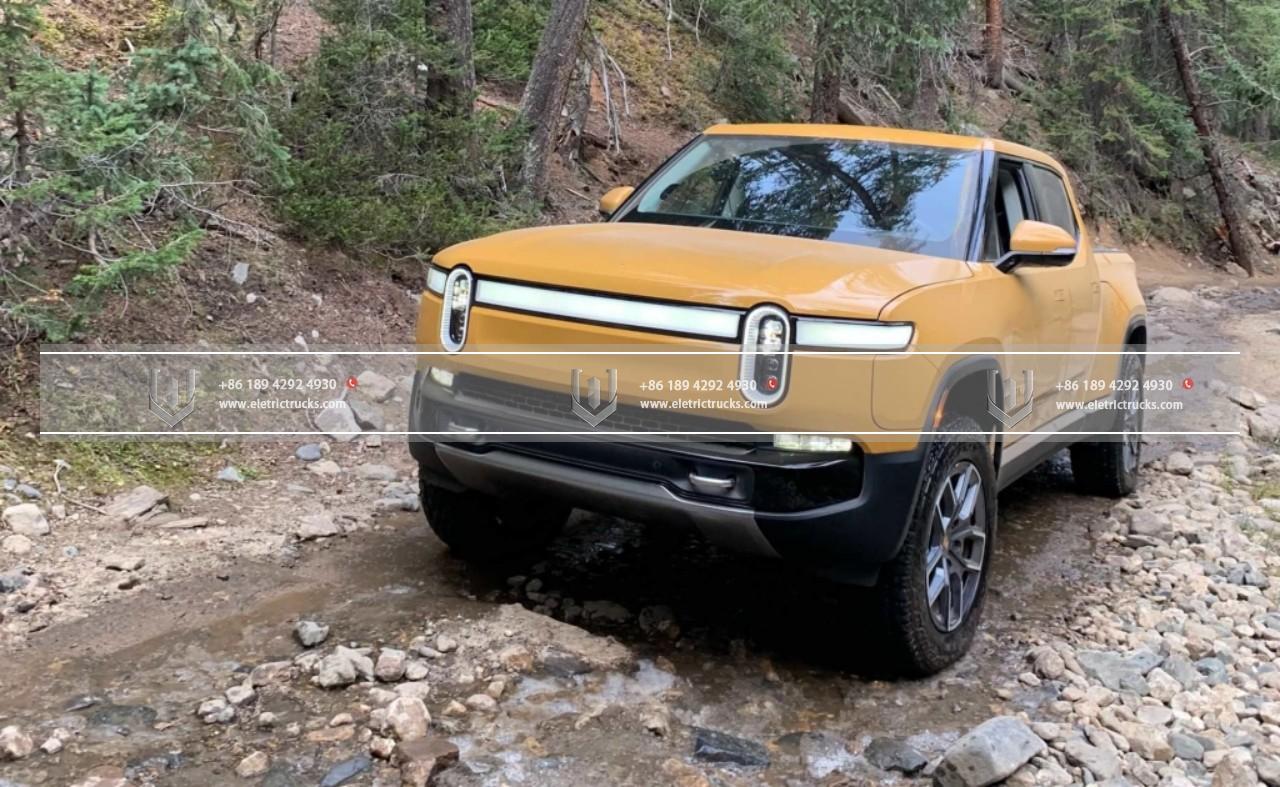
علاوة على ذلك, the positive impact of شاحنة كهربائيةs goes beyond environmental and economic benefitق. These vehicles also offer a quieter and more pleasant urban environment. شاحنة الديزل التقليديةs are known for their noisy engines, contributing to noise pollution in cities and residential areas. شاحنة كهربائيةق, على الجانب الآخر, operate silently, significantly reducing noise levels and creating a more peaceful atmosphere. This has a direct impact on the quality of life for residents and can contribute to the overall well-being of communities.
The adoption of شاحنة كهربائيةs is not limited to the transportation of goods. Other sectors, مثل waste management and public transportation, are also exploring the benefits of مركبة كهربائيةق. Electric garbage truckق, for instance, can operate silently in residential areas, minimizing disturbance to residents during early morning collections. Electric buses are becoming increasingly popular in urban areas, offering a clean and quiet mode of public transportation that reduces emissions and improves air quality.
Innovations in autonomous driving technology are also expected to play a significant role in the future of شاحنة كهربائيةق. Autonomous electric trucks have the potential to optimize logistics operationق, improve efficiency, and reduce costs. With self-driving capabilities, these trucks can operate continuously, تقليل وقت التوقف عن العمل وزيادة الإنتاجية. They can also be programmed to optimize routes, تقليل الازدحام, and enhance overall traffic management. The combination of electric and autonomous technologies holds immense promise for the future of the trucking industry, revolutionizing the way goods are transported.
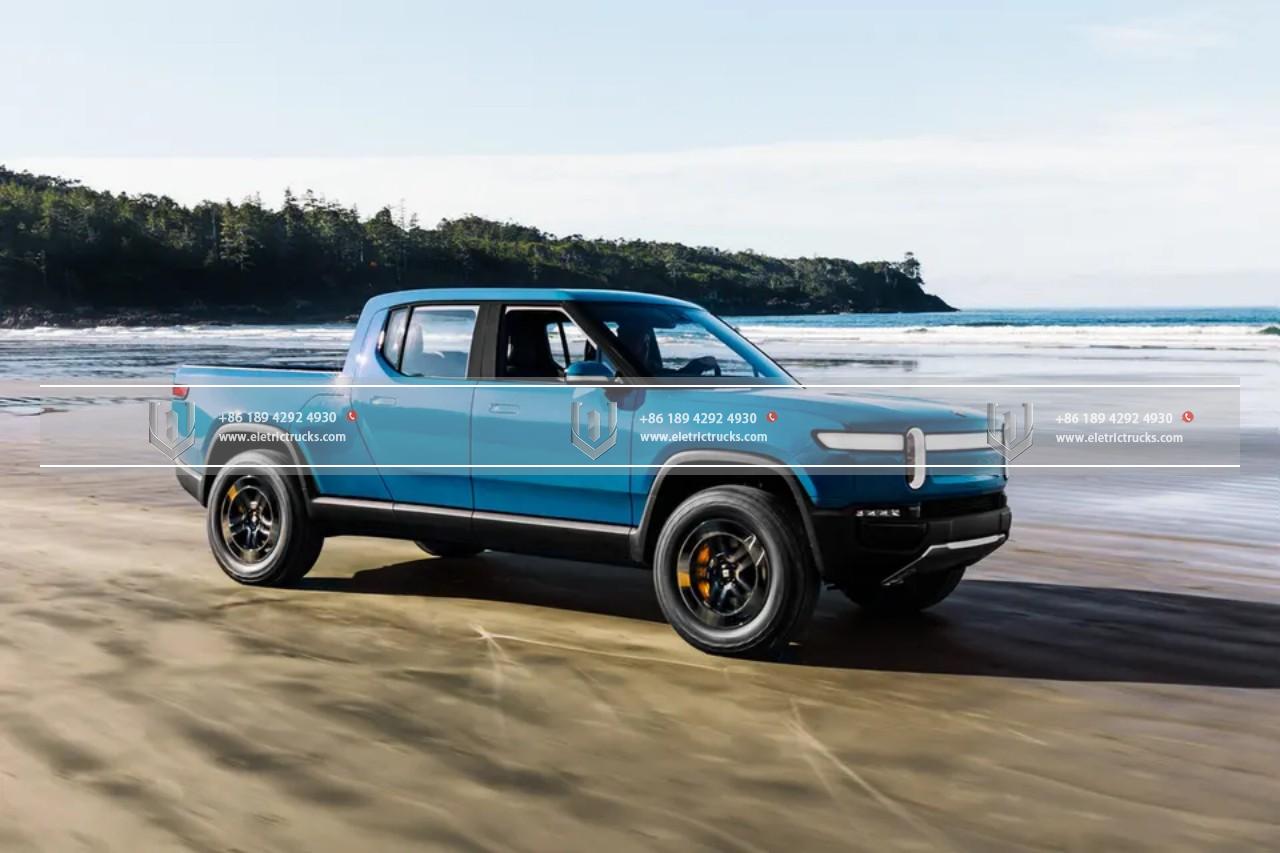
It is worth mentioning that the transition to شاحنة كهربائيةs requires collaboration and investment from various stakeholders. Governments, policymakers, and industry leaders must work together to accelerate the deployment of charging infrastructure and develop supportive regulations. Financial incentives and subsidies can further encourage businesses to adopt شاحنة كهربائيةs and invest in renewable energy sourceق. التعاون بين automobile manufacturers and energy providers is also crucial to ensure the seamless integration of شاحنة كهربائيةs into the existing transportation and energy infrastructure.
The shift towards شاحنة كهربائيةs is not just a trend; it is a necessary step towards a sustainable and resilient future. ال environmental benefits, lower operating costs, and technological advancements make شاحنة كهربائيةs an attractive option for businesses seeking to reduce their carbon footprint and stay ahead of regulatory requirements. As the charging infrastructure expandرمل تكنولوجيا البطارية continues to improve, the limitations that currently exist will gradually diminish, تحضير شاحنة كهربائيةs a mainstream choice for transportation.
ختاماً, شاحنة كهربائيةs represent a significant advancement in the world of transportation. هؤلاء silent powerhouses offer numerous benefits, بما في ذلك انبعاثات مخفضة, lower operating costs, and a quieter urban environment. While challenges such as charging infrastructure and upfront costs need to be addressed, the increasing support from governments, التقدم في تكنولوجيا البطارية, and the commitment of industry leaders indicate a bright future for شاحنة كهربائيةق. By embracing this transformative technology, we can pave the way for a cleaner, greener, and more sustainable world. The era of silent powerhouses has arrived, and the future of شاحنة كهربائيةيبدو و واعدا.
